Aberdeen, Carmelite Friary
Friary (Medieval)
Site Name Aberdeen, Carmelite Friary
Classification Friary (Medieval)
Alternative Name(s) 12 St Martin's Lane; 2-12 Rennie's Wynd; The Green; Carmelite Monastery
Canmore ID 20171
Site Number NJ90NW 49
NGR NJ 9411 0608
Datum OSGB36 - NGR
Permalink http://canmore.org.uk/site/20171

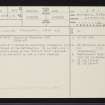
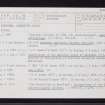

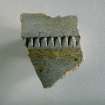
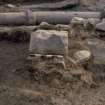

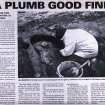
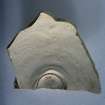

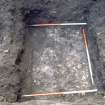
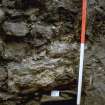

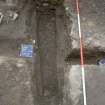
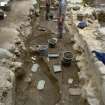

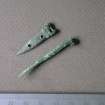
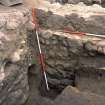
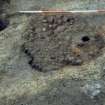
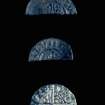
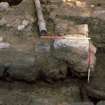
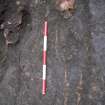
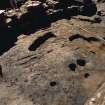

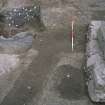

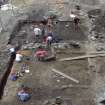
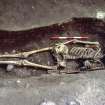
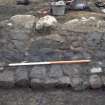

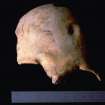

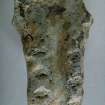
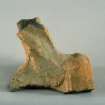



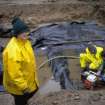
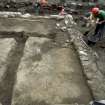
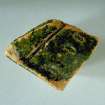


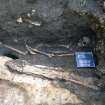
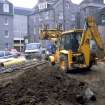

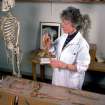

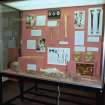
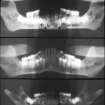
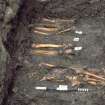
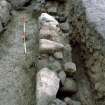

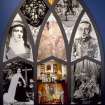
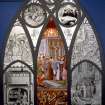
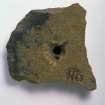
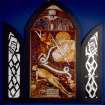
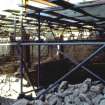
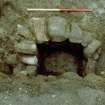
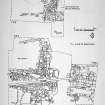
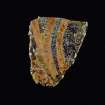
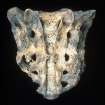
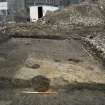
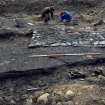
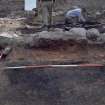
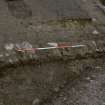

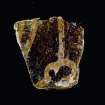

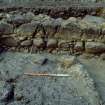
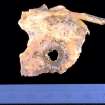
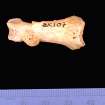

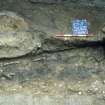
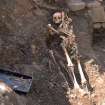
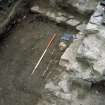
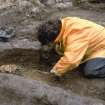
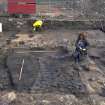
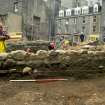

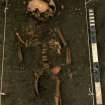
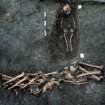
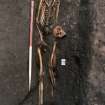
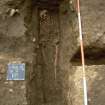
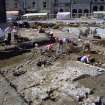
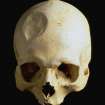


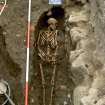
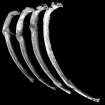
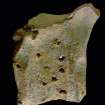
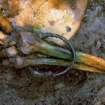
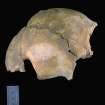
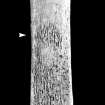
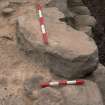
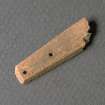
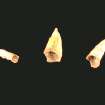
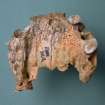
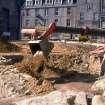

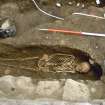
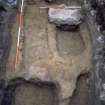
First 100 images shown. See the Collections panel (below) for a link to all digital images.
- Council Aberdeen, City Of
- Parish Aberdeen
- Former Region Grampian
- Former District City Of Aberdeen
- Former County Aberdeenshire
NJ90NW 49 9411 0608
(NJ 9408 0605) Carmelite Monastery (NR) (Site of)
OS 25" map, (1955).
See also NJ90NW 49, NJ90NW 114, NJ90NW 226 -9, 239 and 267.
For Franciscan friary (NJ 9425 0650) and Dominican friary (NJ 9389 0640), see NJ90NW 26 and NJ 90NW 27 respectively.
The site of a Carmelite monastery, founded c.1273 and destroyed at the Reformation. By c.1647 only a single vault, known as the 'Friar's Kiln' remained. The site is now built up and no trace remains.
D E Easson 1957; W Macfarlane 1907.
Visited by OS (JLD) 11 September 1952.
(Located to NJ 9411 0608 by excavation).
J Stones 1982.
Further excavation of the friary took place in 1994. The NW corner of the church was excavated, including two chamfered sandstone buttress bases and a doorway in the N wall with some surviving mouldings. The church may date to the 14th century. Inside the church nearly 60 skeletons, mainly in grave cuts, were cut through various floor levels. Outside the church to the N, cobbled surfaces were cut through by several burials and by a lead pipe which ran through the church walls and alongside the length of the domestic building. Pre-friary plough marks in this area were the first identified on an urban site in Aberdeen. A line of large post holes runnning parallel to the N wall of the church belong to an earlier wooden building, possibly an earlier church.
To the S of the church, a long stone building 24m long and 7m wide may have been the remains of the W range of the cloister. It was divided into four rooms, one of which was probably a kitchen with a fireplace and drain. The building was dated to the 15th century by a coin found in a wall foundation. Two slightly later coins were found in the demolition rubble, which contained hundreds of painted and stained window glass fragments and lead window cames, as well as a tap or spigot, and fragments of two others. Adjacent to and earlier than this building were three burials and an oven or kiln.
Sponsor: Stewart Milne Group.
A Cameron and D I Harding 1994a.
(Location cited as NJ 941 060 and named as The Green). Carmelite friary, founded 1273. NW corner of church uncovered during 1994 excavation by Aberdeen City Unit, including chamfered sandstone buttress bases, a doorway and a N wall with some surviving moulding, possibly of 14th century date. Inside the church wre nearly 60 skeletons in graves cut through various floor levels. A cobbled area to the N was also cut through by burials. Pre-friary plough marks were identified while a line of large postholes running parallel to the N wall of the church may belong to an earlier wooden building, possibly an earlier church. To the S of the church, a long stone building may have been the remains of the W range of the cloister. It was divided into four rooms, one of which may have been a kitchen with a fireplace and drain, which was dated to the 15th century by a coin found in the wall foundation. Many fragments painted glass and lead window cames were found. Adjacent to this building were three burials, an oven and a kiln.
NMRS, MS/712/10.
(Location cited as NJ 9408 0605). Newspaper reference cited; location of finds not stated.
NMRS, MS/712/83.
The site of this friary lies in a redeveloped part of the city.
(See also NJ90NW 49 and NJ90NW 226 -9, and 267).
Visited by RCAHMS (JRS, ATW), 26 February 1997.
Publication Account (1997)
There were representatives of the Carmelite order in Aberdeen from the late thirteenth century. As early as 1273 a grant was made to the Carmelites 'till their buildings should be completed'. Indications are that building had commenced by the end of the century; and a series of grants was made to the house between 1273 and 1350 which were confirmed by David II in 1361. Robert I granted annual rents to the house from the burgh fermes 'till their church be completed'. This church may have been finished as late as 1355, although a grant of an annual rent in that year 'for the repair of the fabric of their church' suggests an earlier date.
The friary complex appears to have had the southern edge of the Green as its northern boundary, and extended east to west over Rennie's Wynd, Martin's Lane and Carmelite Street. The exact boundaries have yet to be defined, both by documentary and archaeological research. The southern boundary would doubtless have been limited by confluence of the Dee and Denburn, as there is evidence of flooding, tidal flows and water-logged conditions, unfavourable to building.
The choice of this site for a Carmelite House and also the site of the Trinitarian House nearby would suggest that this area, to the west and south-west of St Katherine’s Hill, was not the focal point of the main urban settlement by the late thirteenth century. Regular religious orders usually chose to place their houses outwith main settlement, on the periphery of the town.
Archaeological research has shown that considerable rebuilding took place in the fourteenth and fifteenth centuries, which would suggest a community somewhat larger than ‘at least four friars’ at the Reformation as evidenced in documentary sources. The friary was destroyed in 1560, during the Protestant Reformation, and the Carmelite property fell to the crown, thereafter to be granted to private individuals and the town council. Marischal College benefited in due course by the gift of Friars’ Glen in Drumtochty from the Early Marischal and in the mid seventeenth century from revenues gifted by the daughter of the artist George Jamesone who fell heir to a portion of the Carmelite gardens.
Information from ‘Historic Aberdeen: The Archaeological Implications of Development’ (1997).
Note (2019)
Title: Excavations at Aberdeen's Carmelite Friary, 1980-1994
Authors: Alison Cameron, Judith A. Stones, Chris Croly, et al.
Publisher: Internet Archaeology (52)
Date: 2019
Information from: KMM (2023); updated as part of the Grant-Aided Project Review
Note (10 May 2024)
Title: Excavations at Aberdeen's Carmelite Friary, 1980-1994
Author: Alison Cameron, Judith A. Stones and Chris Croly et al
Publisher: Internet Archaeology, York
Publication date: 2019
Funder: Historic Environment Scotland
DOI: https://doi.org/10.11141/ia.52.1
Information from: MCE (2024)









































































































